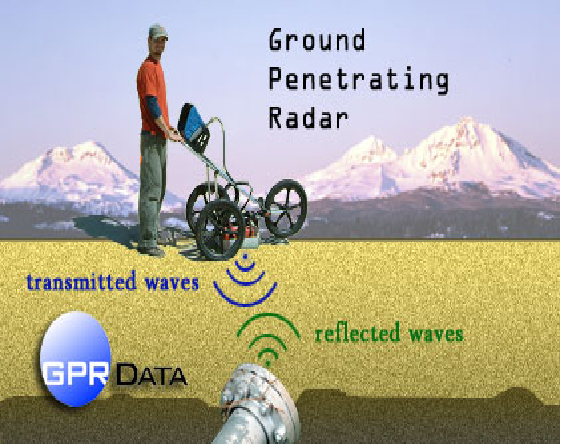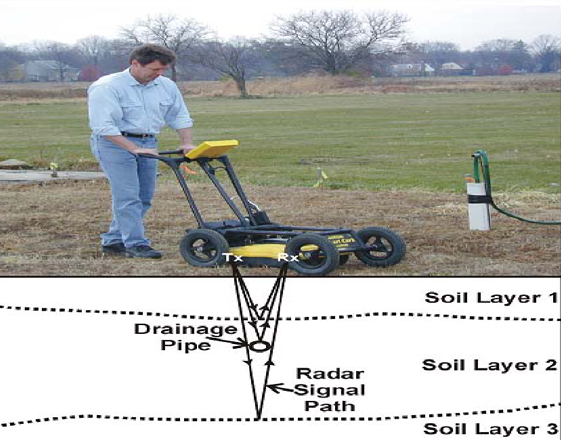- info@samconsa.com
- +966 554116907
Ground penetrating radar (commonly called GPR) is a high resolution electromagnetic machine
The technique is designed primarily to investigate the shallow subsurface of the earth, building materials, roads and bridges







